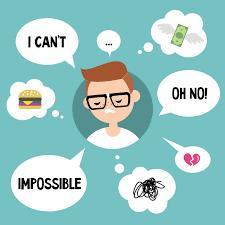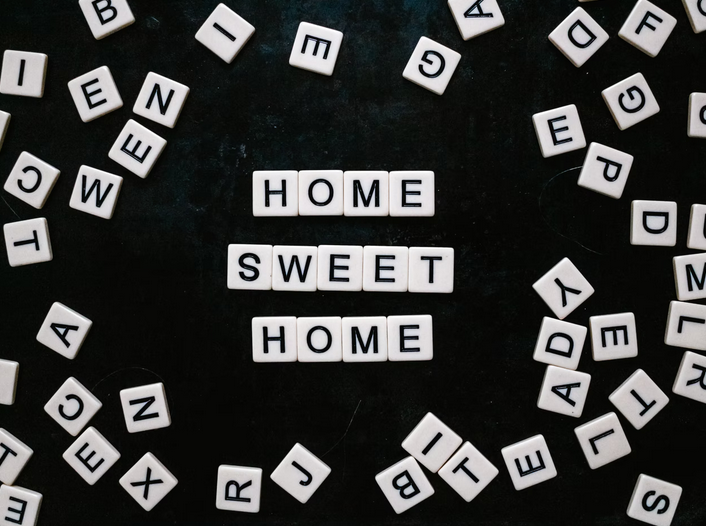Do you suffer from an anxiety disorder?
If you don’t, the chances are high that you know someone who does. Anxiety disorders are the most common mental illness in the United States and affect nearly about 18% of the population, but only 36.9% of those with an anxiety disorder receive treatment. Anxiety and depression often go hand in hand, with 6.7% of American adults experiencing at least one major depressive episode within the last year, and half of those diagnosed with depression also being diagnosed with an anxiety disorder.
Life with anxiety and depression is difficult, but it’s possible to improve one’s condition and come out on top, overcoming the excessive worry of anxiety and the negative emotions of depression. With so many different types of therapy out there, it can also be difficult to decide which option is right for you.
It can also be difficult following through on therapeutic practices which can assist in improving your condition. This article will describe for you a very simple method for reducing your anxiety, excessive worry, and improving your depression. It’s called “bilateral stimulation” and is a method used in Eye Movement Desensitization and Reprocessing therapy (EMDR).
What is EMDR?
EMDR is a type of therapy that enables people to recover and heal from the symptoms and distresses that result from trauma or disturbing life experiences.
The driving force behind EMDR is the idea that the mind can heal from psychological trauma in much the same way as the body heals from physical trauma. When the body is harmed—let’s say with a cut—it gets right to work closing that wound. But, if something irritates the wound or it gets infected, it can take longer to close and heal.
Likewise, the brain naturally moves towards an equilibrium of mental health, but if there is an imbalance brought on by a traumatic event, the emotional wound can cause suffering as the healing process slows due to this “infection.” However, once the “infection” is removed, healing can continue and the brain reaches a positive state of mental health. Bilateral Stimulation is a technique used during EMDR therapy to help reach this positive state.
“But,” you’re probably wondering, “what is Bilateral Stimulation?”
Bilateral Stimulation
Bilateral Stimulation (BLS) is a technique that uses alternating right/left stimulation to activate and integrate information from the brain’s two hemispheres. The stimulation can be visual, auditory, or tactile. Here are some examples:
- Visual BLS – Watching a hand or a light that is moving from left to right and back again.
- Auditory BLS – Listening to tones or other sounds that alternate between the left and right sides of the head.
- Tactile BLS – Alternating tapping the left and right feet.
When facing anxiety or depression, Bilateral Stimulation can help to process the emotions and memories that are causing your distress. Bilateral Stimulation creates dual attention stimulation, which is when the mind is forced to focus on two things at once—the physical stimulation and the mental stimulation. When the brain is focused on these two things at once, it can’t focus on the thoughts or problems as well, which leads to increased relaxation. This process then changes the way the memory of the problem is stored, which over time causes a shift in the way the problem is viewed and reacted to.
So, how can you use Bilateral Stimulation to reduce anxiety, excessive worry, and depression? Here are two very simple ideas:
- Tossing a ball – Toss a ball from one hand to the other whenever you’re experiencing feelings of anxiety or depression, deliberately focusing on both the feelings you’re experiencing as well as the movement of the ball from hand to hand.
- Tapping – With this variation you can tap anywhere on your body (knees, lap, arms) as long as you are alternating the tapping from left to right or vice-versa, all while focusing on both the physical stimuli and distressing emotional stimuli.
One of the most well-known Bilateral Stimulation techniques is called the “Butterfly Hug.” In the Butterfly Hug method, you cross your arms over your chest so that the tips of the middle fingers are placed below the collarbone and the hands are nearly vertical. Next, you may interlock your thumbs to create the butterfly’s “body” and extend your fingers outward to create the butterfly’s “wings.” Next, alternate moving your hands like the flapping of a butterfly’s wings, allowing the hands to move freely.
Breathe slowly and deeply while you observe any mental and physical stimulation you may be experiencing (thoughts, feelings, sounds, physical feelings, odors, etc.) without pushing your thoughts away.
Conclusion
Eye Movement Desensitization and Reprocessing has been proven to be an effective therapy against anxiety disorders, depressive disorders, and is even effective at treating the everyday mundane memories that can lead to issues such as low self-esteem, or excessive worrying.
While you may or may not feel the need to seek out a therapist quite yet, Bilateral Stimulation can be a highly effective method for overcoming the distressing emotions that you may feel at any point during your everyday life.




